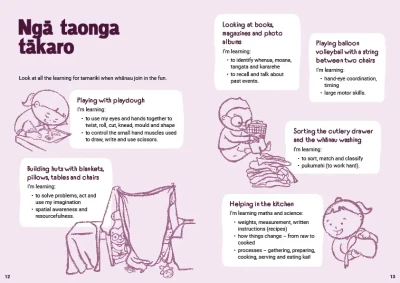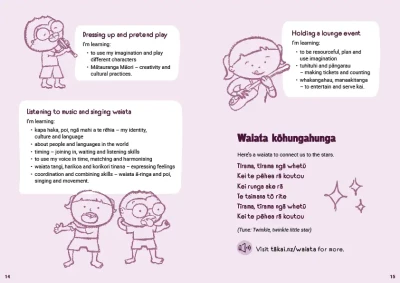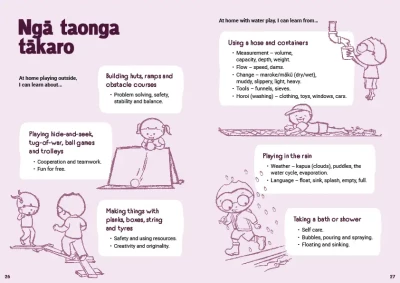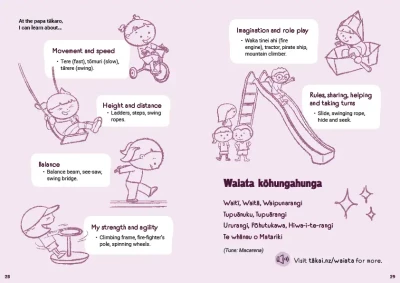
Play for 3–5 year-olds
Tamariki are now developing advanced play skills, and this continues to be the main way they learn about the world around them. Whānau are still the best playmates for tamariki and can support their ongoing development by joining in the fun.
Play is as important for 3–5-year-olds’ learning and healthy development as it was in previous years. Play is still their work.
Even if tamariki attend an early childhood education (ECE) centre, whānau involvement in their play and learning at home is still very important. Whānau are the people tamariki know best, so they are always the best playmates.
Building and maintaining those trusting relationships with tamariki really matters to their future learning about the world and about getting on with others.
Changes for tamariki between 3–5 years
- They are learning about playing together and will cooperate more with other tamariki. By the time they’re 5, they’re more likely to enjoy making friends, playing group games, and being part of group activities. These skills may develop alongside siblings at home or at their ECE centre, but also might develop through church activities, sports teams or kapa haka groups.
- They are developing a sense of humour and enjoy jokes and fooling around with other kids.
- They continue to watch and listen to the adults in their lives and copy what they see and hear.
- Much of their play will involve copying adult activities.
- They begin to develop self-control, so they are more able to wait for their turn in games and to sometimes share toys.
- They show feelings and sometimes show empathy when others are upset.
- They are growing stronger and are more confident and skilled in using their big and small muscles, so whānau need to keep up with changing safety needs – tamariki can go further and faster!
- They want to be more independent and do more things for themselves.
- They need whānau to set fair limits and to help them keep those limits. They continue to need structure and routine in their daily lives.
- Their imagination becomes more active. They are developing new and increasing connections in the vision centres of their brain’s cerebral cortex. Some tamariki may have imaginary friends. Sometimes they can’t tell the difference between reality and what they imagine or watch on digital media.
- They will still enjoy pretend play, which can become more complex. Tamariki are likely to try acting out different adult roles.
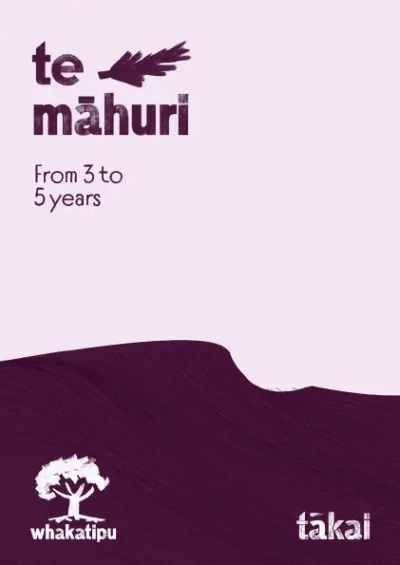 pdf 11 MB
pdf 11 MB
